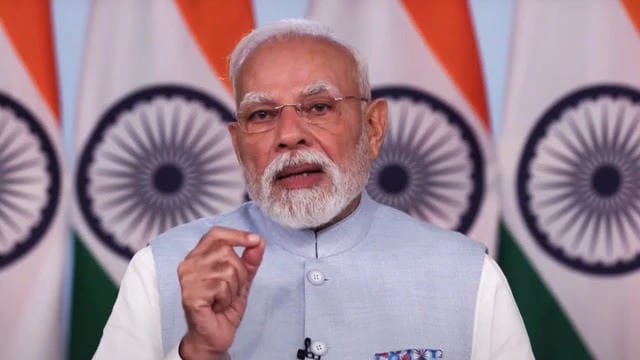The new rates will now be fixed on the basis of hospital category, city category and ward type. This will also benefit private hospitals, as the rates have been increased to an average of 25-30%. The government has directed all hospitals to accept new rates, otherwise they will be removed from the list. This step is expected to improve cashless treatment facility and increase both hospitals.
Why change was necessary
For the past several years, government employees and pensioners were complaining that hospitals associated with CGHS refuse to provide cashless treatment. Patients first had to pay for treatment money themselves and then got refunds after months. On the other hand, private hospitals said that the old rates were very low and were not in accordance with the current medical expenses. Let us know that the last time the big change in the rates of CGHS was made in 2014. Since then, there were only small reforms, no comprehensive amendments had taken place.
Impact of demand of employee unions
In August this year, the National Federation of Central Government Employees Unions submitted a memorandum to the government. He had said that employees and pensioners are facing financial difficulties due to lack of cashless facilities. After this, the government took this important decision.
How will the new CGHS rates be fixed
New rates will now be based on four main things:
1. Hospital Accreditation (NABH/NABL)
2. Hospital type (General or Super Specialty)
3. City category (x, y, z)
4. Patient’s ward type (General, Semi-Private, Private)
According to the new rules, the hospitals that are not certified NABH/NABL will get 15% lower rates. Super specialty hospitals will get 15% higher rates.
Rates according to the category of cities-
- Y (Tier-II) City: 10% less than X cities
- Z (Tier-III) City: 20% less than X cities
- Northeast states, Jammu and Kashmir and Ladakh – are placed under the Y category.
Rates according to the ward-
• General Ward: 5% less
• Private Ward: 5% more
• The rates of OPD, radiotherapy, daycare and small processes will remain the same.
• Cancer surgery rates will also remain the same, but the rates of chemotherapy and radiotherapy have been revised.
Imperative for hospitals
The Ministry of Health has directed all hospitals to accept new rates by October 13. The hospitals that do not do so can be de-mepanals (removed from the CGHS list).
Hope to improve cashless treatment
After the new rates, it is expected that the hospital will now provide cashless treatment to CGHS patients easily. This will not require employees and pensioners to spend money from pockets and will end the hassle of refund.
What is included in CGHS package
The CGHS package includes almost all the facilities related to treatment-
- Room and bed expenses
- Recruitment fee
- Anesthesia, medicines and medical goods
- Doctor and expert fees
- ICU/iccu expenditure
- Oxygen, ventilator, operation theater fee
- Physiotherapy, test, blood transfusion etc.
Sign on new Moa in 90 days
Hospitals will now have to sign a new agreement (MOA) within 90 days. The validity of the old MOA will end on 13 October.
Overall what will be the benefit
This amendment will ensure better and cashless treatment for employees and pensioners, while hospitals will get payment at reasonable rates. This improvement occurred after almost a decade is a major step towards making the CGHS system more practical, transparent and reliable.
